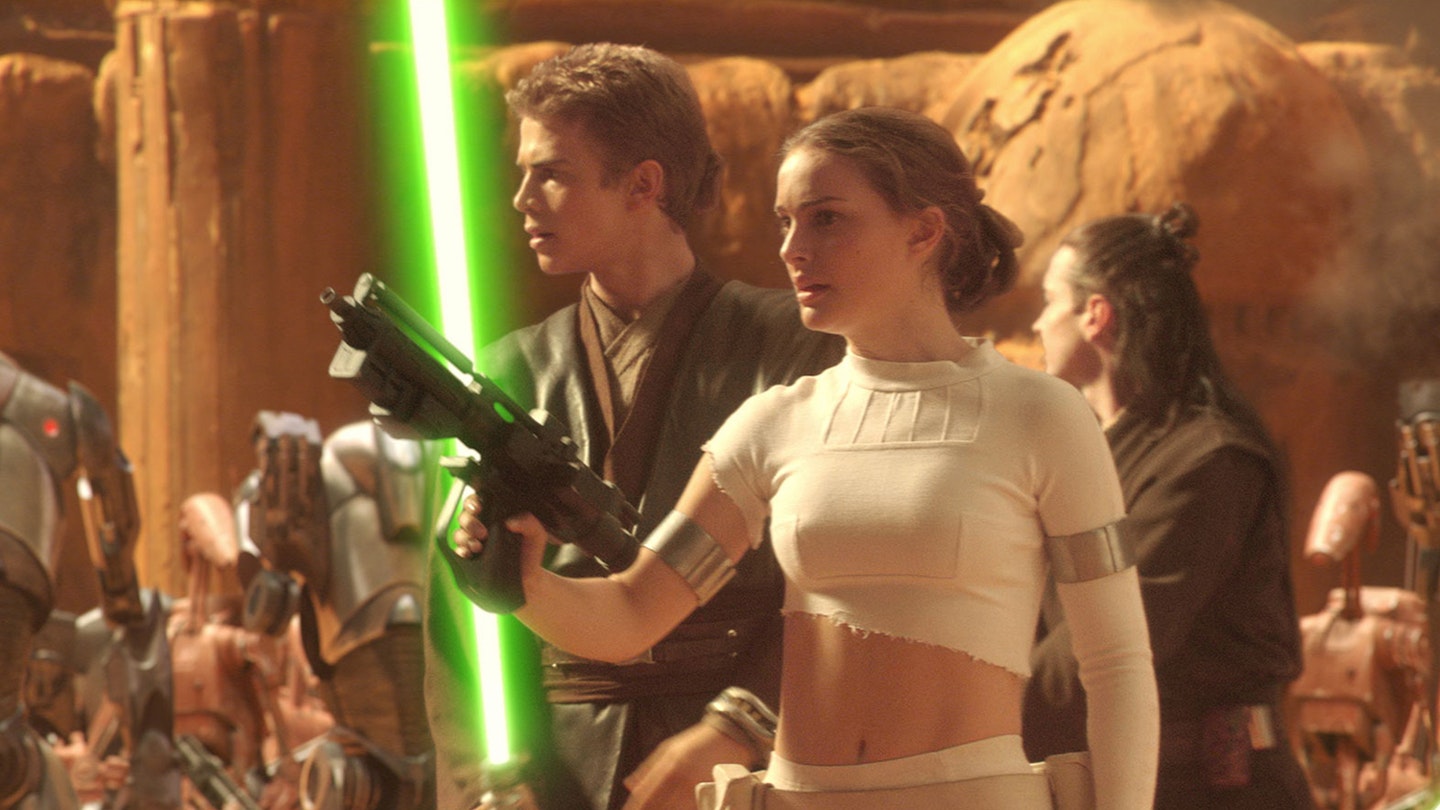In honour of Empire's new Star Wars prequels issue, celebrating the 25th anniversary of the trilogy's launch, we're asking – which of the prequel movies is the best? Read the case for Episode II – Attack Of The Clones below, and find the issue on newsstands now.
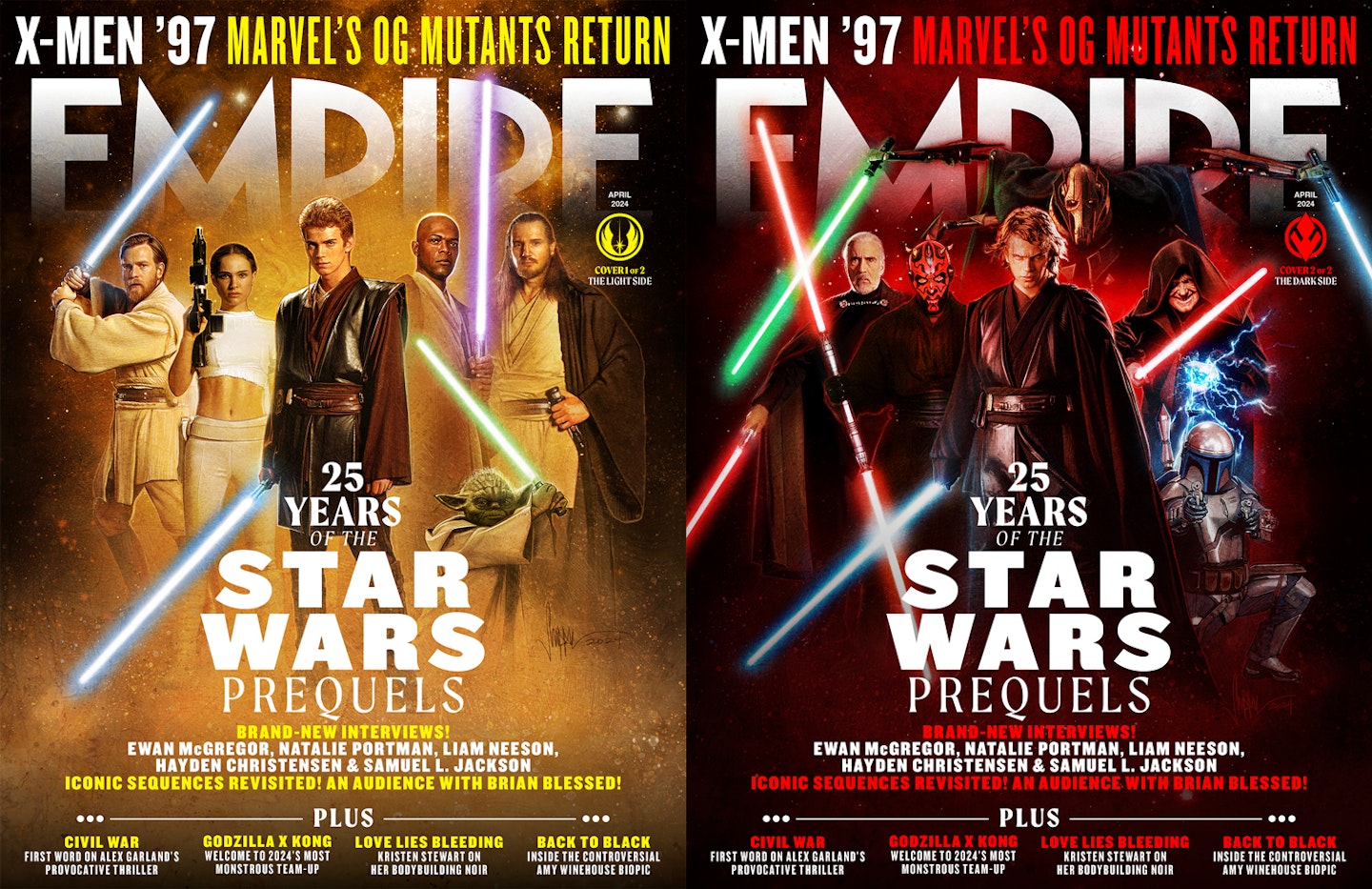
When the camera pans up from the opening crawl in Attack Of The Clones — the only film in the Skywalker saga to buck the tradition of the pan down — George Lucas promises us a different kind of Star Wars movie, and he delivers from the very first frame. Every time Lucas set out to make a Star Wars film, he worked to make it different from the others in the most unexpected ways — and Attack Of The Clones is somehow more unique and brilliant amongst the entire Skywalker saga.
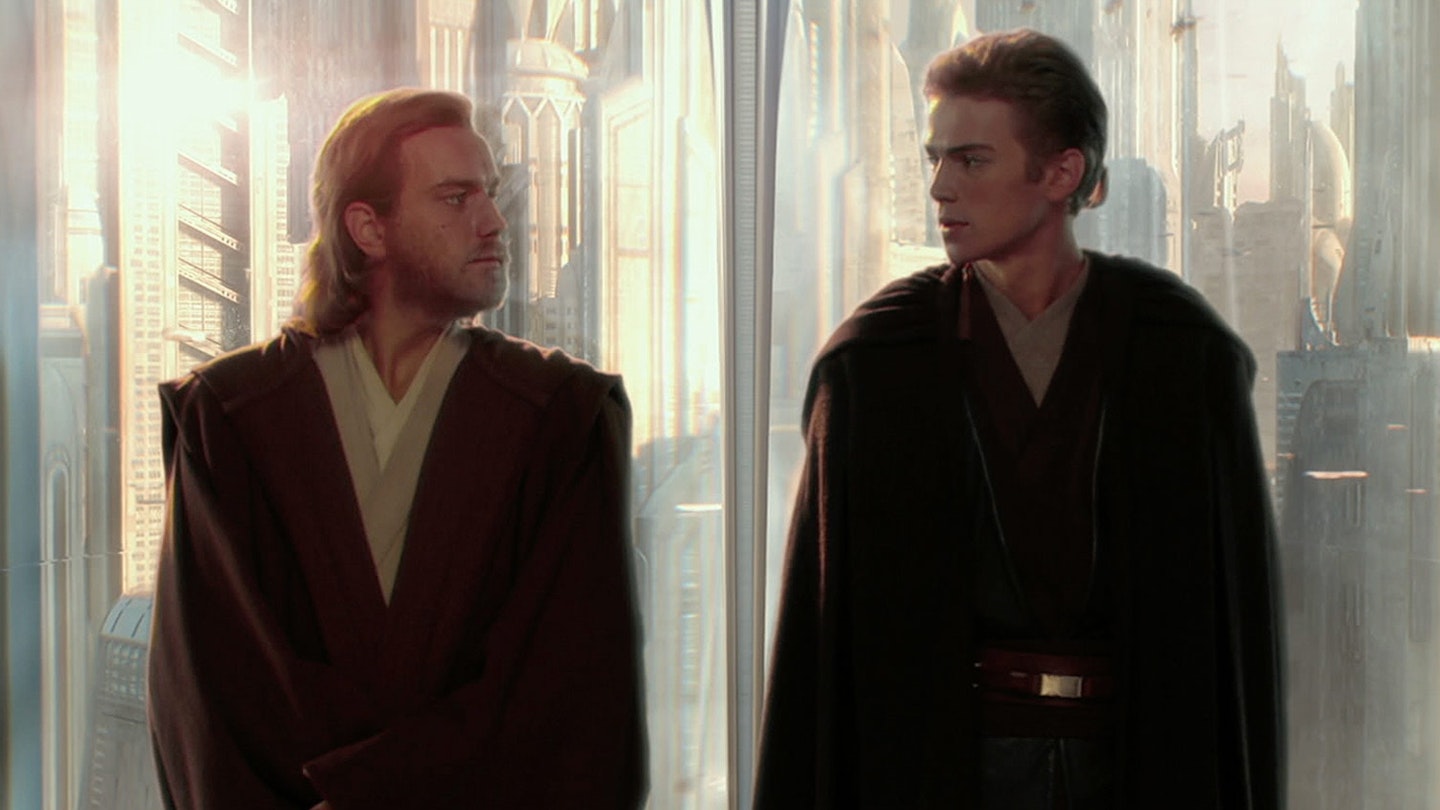
As the first film shot entirely digitally, George Lucas didn’t just set out to change Star Wars with Attack Of The Clones, but the entire business of cinema. Paying Sony and Panavision to work together to build a digital camera, Episode II revolutionised how films are shot, making the film itself obsolete. And it began a revolution in exhibition of film as well, bringing digital projection to the forefront of cinema. No longer would we have to race to see a film in its opening weekend for fear of seeing a dirty, scratched 35mm print. Now, you’d be hard-pressed to find a 35mm projector in a movie theatre outside of specialty houses. All of that is a direct result of Attack Of The Clones.
Attack Of The Clones is the only Star Wars film with a mystery at its beating heart, driving the action.
Where previous Star Wars films tackled straightforward stories of heroes and villains along the classic stepping-stones outlined by Joseph Campbell and his hero’s journey, Attack Of The Clones splits its time between Obi-Wan Kenobi in a churning James Bond-like mystery thriller, and Anakin Skywalker and Padmé Amidala in their very own honest and earnest romance, inspired by Doctor Zhivago and the great sweeping epics of yore. Attack Of The Clones is less Campbellian myth than the instalments of the classic trilogy, and more deconstruction of a hero on his way to making a Faustian bargain with the devil himself and the pitfalls of democracies falling to fascism. Though some complain about the acting and the melodramatic nature of the scenes, Hayden Christensen and Natalie Portman bring the goods with an old-school acting style perfect for this earlier era of Star Wars. Imagine them in one of David Lean’s classics and they fit perfectly, accomplishing exactly what Lucas wanted them to do – as long as you can suspend your disbelief and lean into your film literacy.
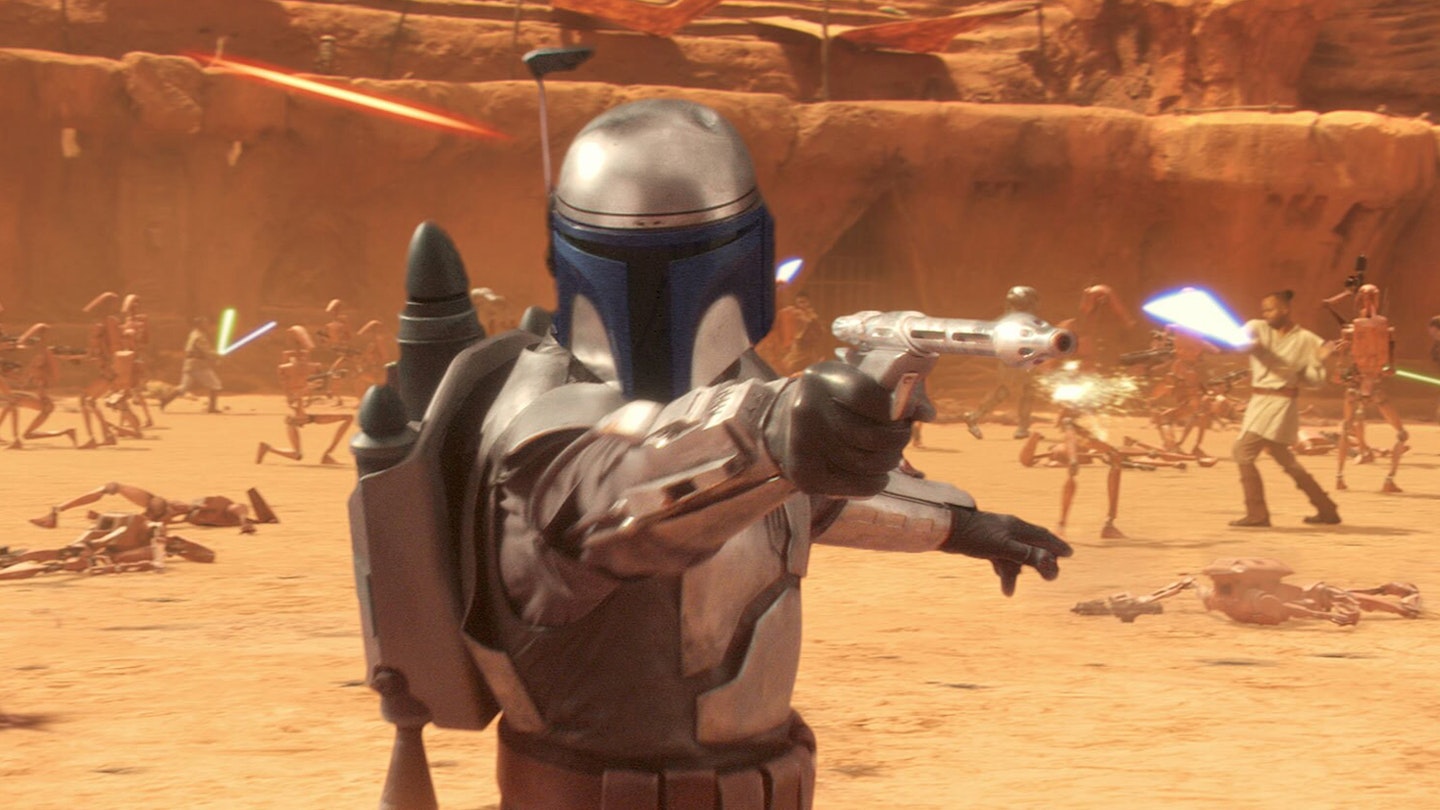
For a fan of movies in general, there are so many nods in Attack Of The Clones to other films, chief among them John Ford’s The Searchers. Lucas brings the classic Western and Ford’s masterpiece to bear in the heartbreaking death of Shmi Skywalker, casting Anakin Skywalker in the villainous “hero” role of John Wayne’s Ethan Edwards.
Attack Of The Clones is the only Star Wars film with a mystery at its beating heart, driving the action – but we know that all of the machinations belong to Chancellor Palpatine, deliciously played once more by Ian McDiarmid, subtly and quietly laying his trap for the Jedi that would take another few years to spring. Something so wonderful about this film is that the ending is disguised as something happy: the wedding of Anakin and Padmé, against the backdrop of the burgeoning Clone Wars. It’s ironically bleak and harkens back to the message Lucas gave us from the very first shot: not everything is what it seems, and things aren’t going to go the way you think. It’s no wonder Rian Johnson took similar themes and approaches to his middle-chapter of a trilogy, The Last Jedi.
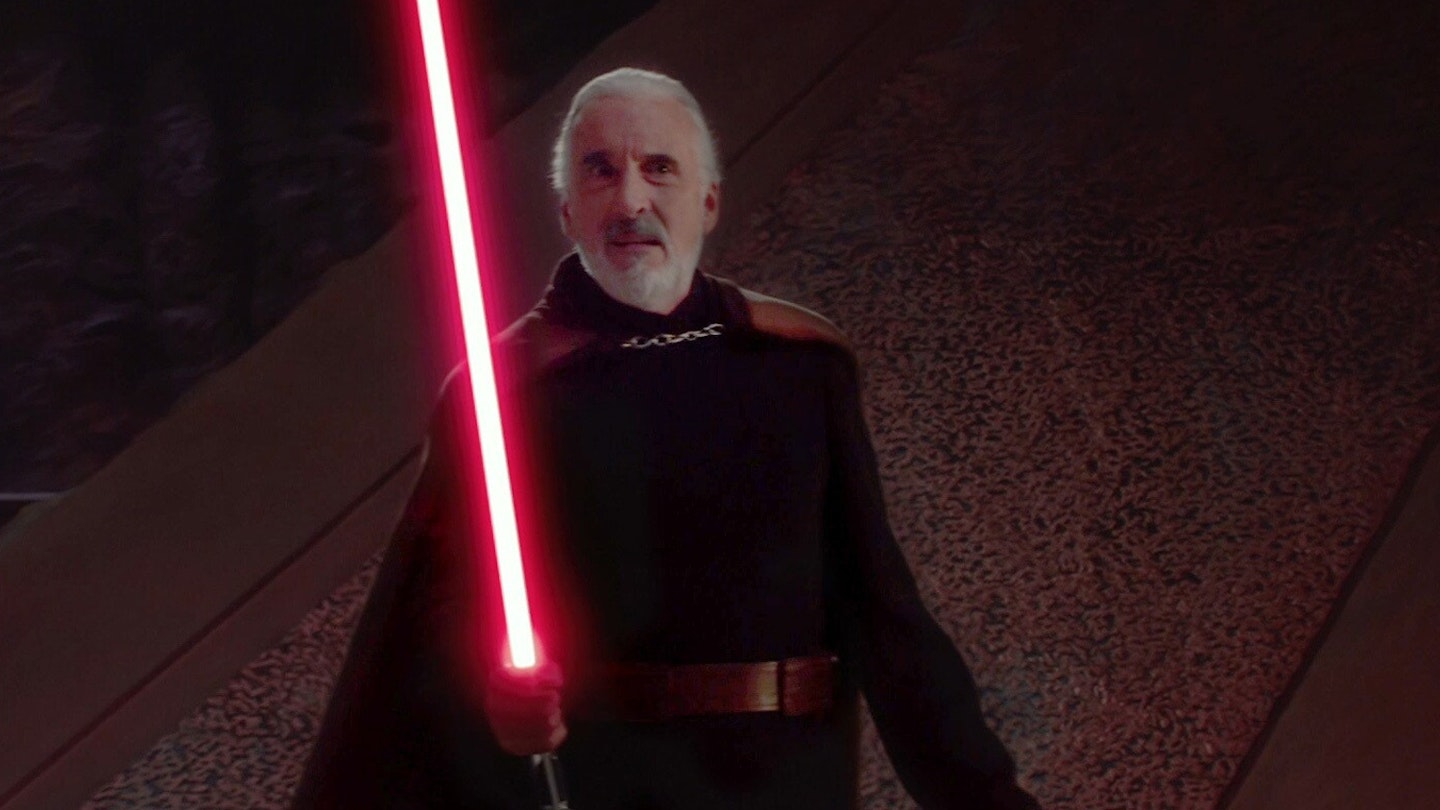
Attack Of The Clones gave us so many all-timer moments in Star Wars. The scene at the fireplace where Anakin and Padmé profess their love for each other and decide they can’t move forward without destroying their lives is genuinely one of my favourite melodramatic moments in the entire saga. We’re introduced to Christopher Lee as the charismatic Count Dooku – Lee brought a sophistication to the role that made you want to like him and hope he wasn’t evil, until he pulled out that red lightsaber that he fought so elegantly with. There’s an origin story for Boba Fett, bringing with it a brilliant fight in the rains of Kamino between Obi-Wan Kenobi and Jango Fett, and the sound of seismic charges that echoed through cinemas and rattled in our chests. And it all concludes with the makings of a war that would launch one of the best animated series in television history.
I have never been in a theatre for a more excited reaction than at the end of Attack Of The Clones.
Beyond The Clone Wars, the film also sets up one of the best moments in Revenge Of The Sith, when Obi-Wan Kenobi visits the younglings being trained by Master Yoda (a moment that in itself closed an alleged continuity inconsistency when people were introduced to Qui-Gon in Episode I and were like, “Yoda never instructed Obi-Wan, he lied in Empire!”) to find the missing planet of Kamino. The scene is tender and never fails to put a smile on my face, and makes Anakin’s murder of the younglings in Episode III hit even harder.
Those are all terrific beats in a terrific Star Wars film, but there are two moments in Clones that tower above all of the others.
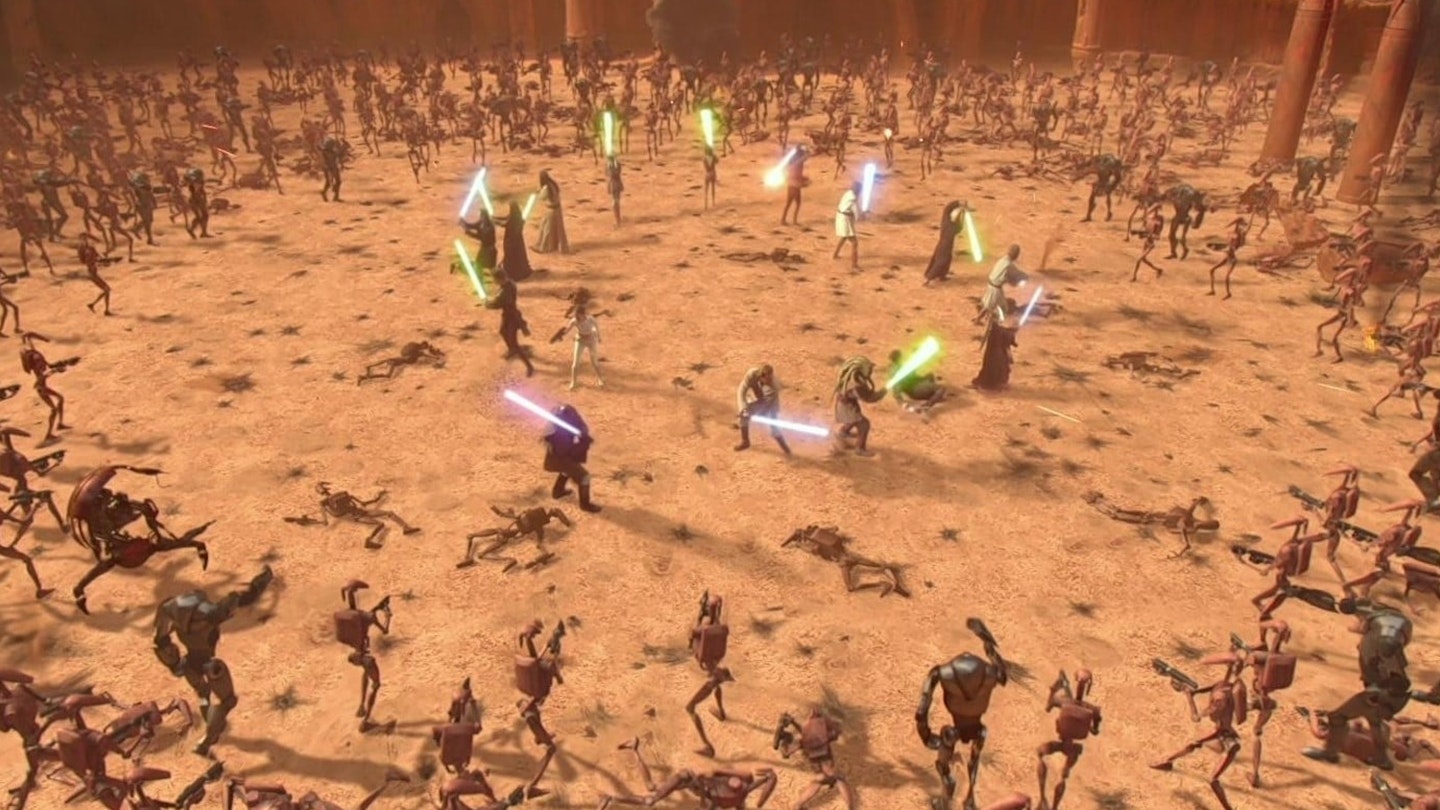
The first happens as Anakin, Obi-Wan, and Padmé are set to die only for the Jedi to infiltrate the arena on Geonosis, making it clear that they mean business. When dozens of lightsabers ignite to show that the Jedi are playing for keeps, it gave me the chills. Hell, I got the chills just writing that sentence. It was the first time we’d seen such a thing, and it was awe-inspiring.
The second comes down to a little green Jedi master. I have never been in a theatre for a more excited reaction than at the end of Attack Of The Clones. After Count Dooku — revealed to be a Sith Lord — has defeated Anakin Skywalker and Obi-Wan Kenobi single-handedly and Master Yoda arrives, the electricity in the auditorium could be felt by everyone. Yoda and Dooku had their wizard’s duel, in itself amazing – but when Dooku explains that their contest cannot be decided by their knowledge of the Force and draws a ‘saber, a hush fell over the crowd. And when Master Yoda finally drew his own lightsaber using the Force and leapt into the air, excited cries and tears of joy issued across the auditorium. Even after multiple viewings, the electricity of that moment never diminishes. It is one of the single best, most thrilling moments in a Star Wars film ever. It remains hard to top.
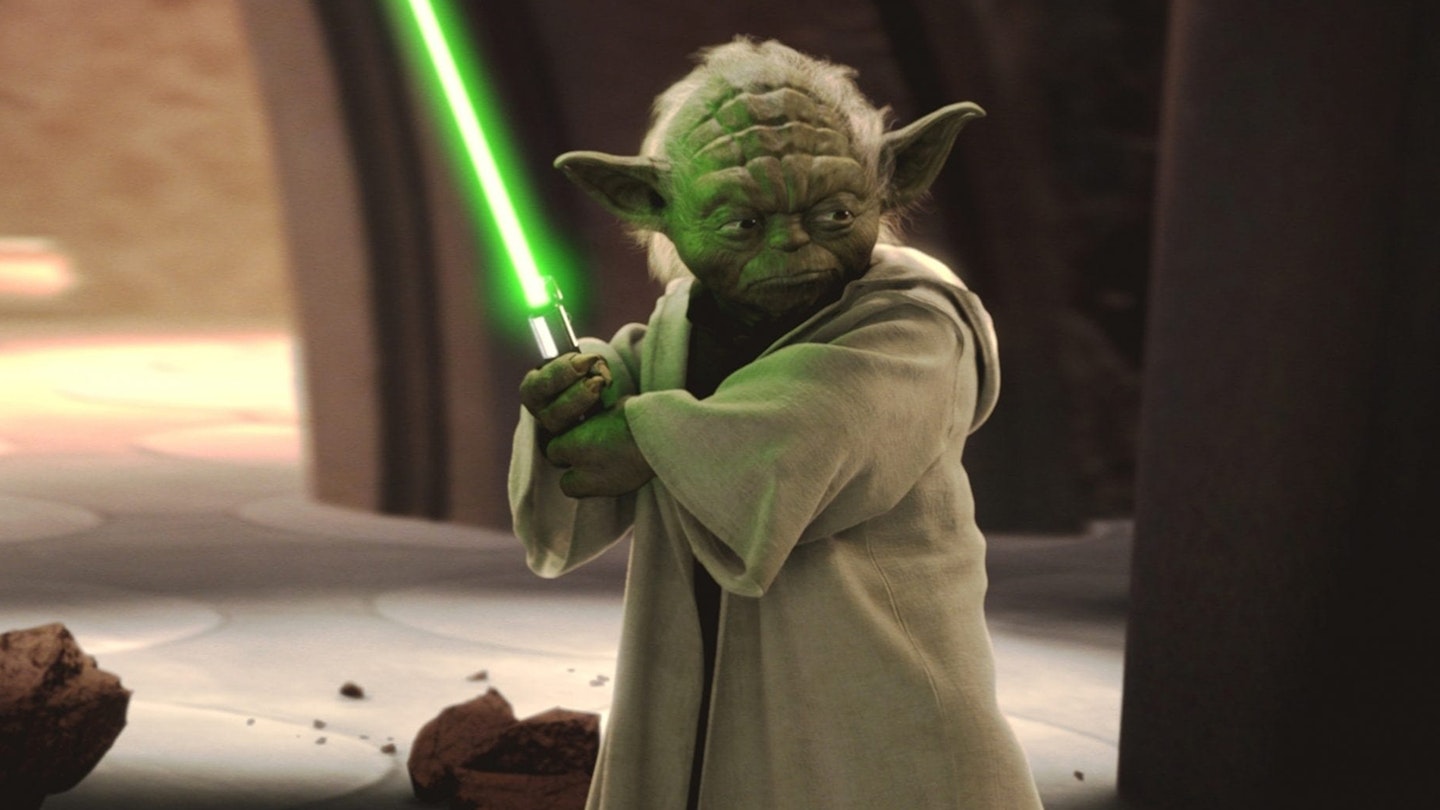
There’s no doubt about it: Attack Of The Clones is top-tier Star Wars, and anyone who tries to tell you different simply doesn’t know what they’re talking about.
***
Read Empire’s full Star Wars prequels celebration in the 25th anniversary issue. Also inside the magazine, we speak to Hayden Christensen, Ewan McGregor, Ian McDiarmid, Natalie Portman, Liam Neeson, Samuel L. Jackson, Brian Blessed and more about starring in the films; revisit iconic sequences; get a closer look at rarely-seen concept art from across the trilogy; and much, much more. Find the issue in all good and evil newsagents – from the core worlds to the outer rim – now.
